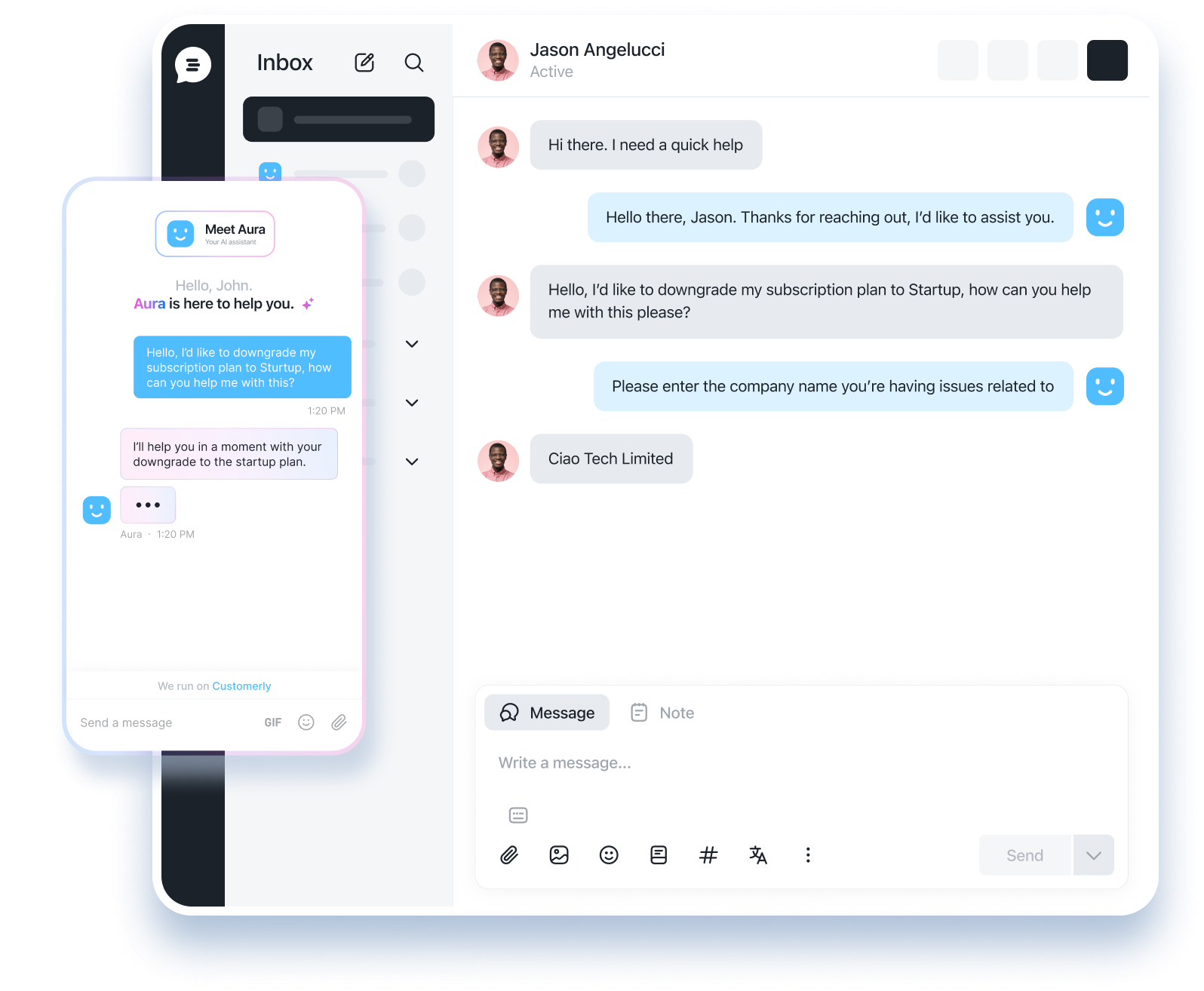

Click-Through Rate
Click-Through Rate (CTR) is a key performance metric in digital marketing that measures the percentage of people who click on an ad after seeing it.
Definition
Click-Through Rate (CTR) is a crucial metric in digital marketing that measures the number of clicks advertisers receive on their ads per number of impressions. Essentially, it quantifies the percentage of people who click on an ad (or a link) after seeing it.
Usage and Context
CTR is extensively used in online advertising campaigns, especially in Pay-Per-Click (PPC) advertising, to measure the success of an online ad. It is calculated by dividing the number of clicks that an ad receives by the number of times the ad is shown (impressions), then multiplying the result by 100 to get a percentage.
For example, if an ad has 1000 impressions and 50 clicks, the CTR would be 5% (50 ÷ 1000 x 100).
FAQ
What is a good Click-Through Rate?
A 'good' CTR depends on various factors including the industry, the ad placement, and the platform. However, an average CTR is generally around 2%.
Why is CTR important?
CTR is important because it directly affects an ad's Quality Score in Google Ads, impacting how much you pay every time someone clicks your ad.
Related Software
Google Ads and Bing Ads are common platforms where CTR is a key performance indicator. SEO tools like SEMRush and Ahrefs also provide CTR information for organic search results.
Benefits
CTR is a valuable metric for marketers as it helps to understand how effectively their ads and keywords are performing. A higher CTR often indicates more relevant and engaging content or advertising.
Conclusion
Understanding and optimizing for CTR is essential for success in digital marketing. It provides insight into how well your audience responds to your ads or content, and can guide improvements to increase engagement and conversions.

AI Support That Sets You Apart.
Start Leading Today.













